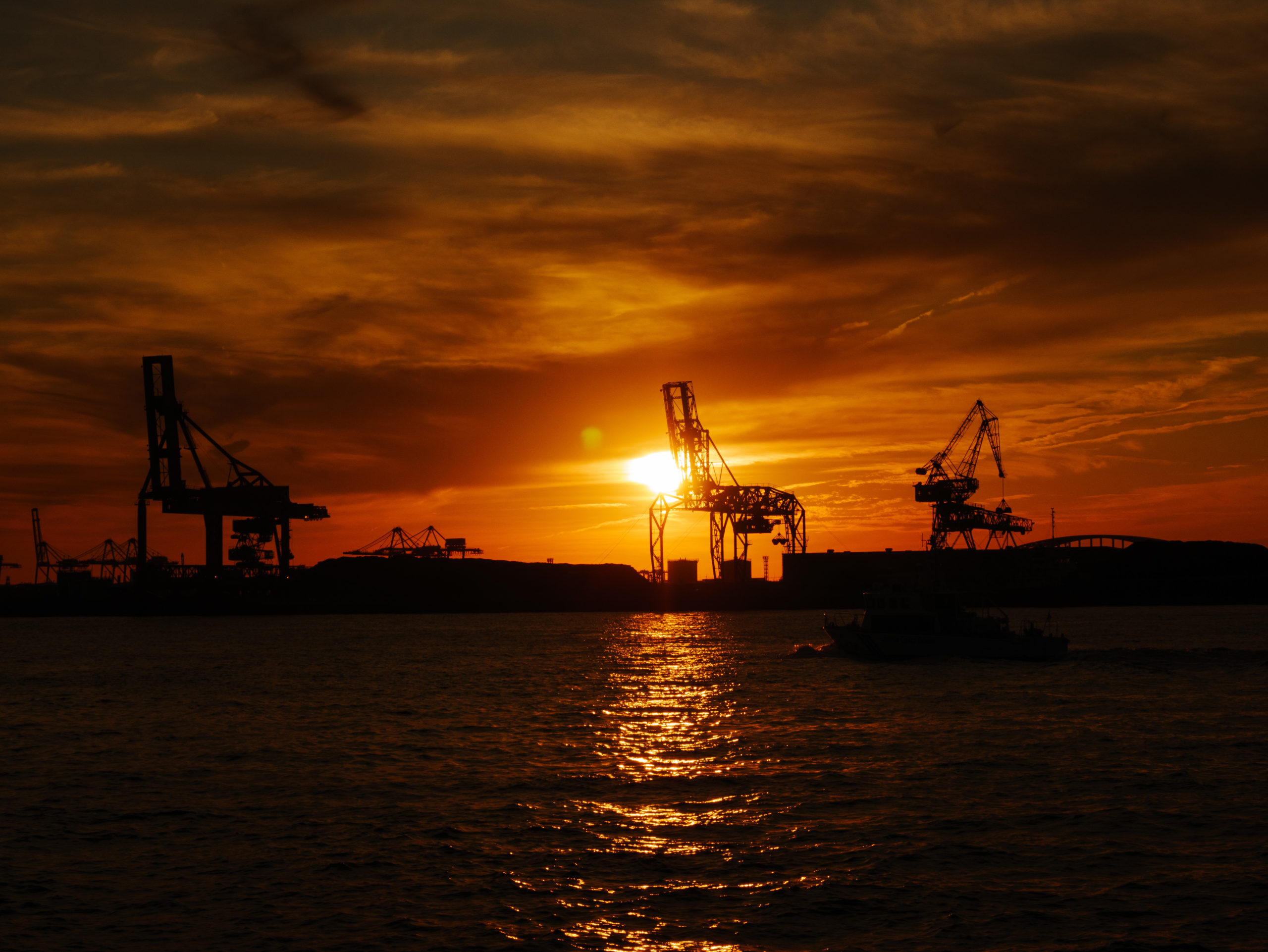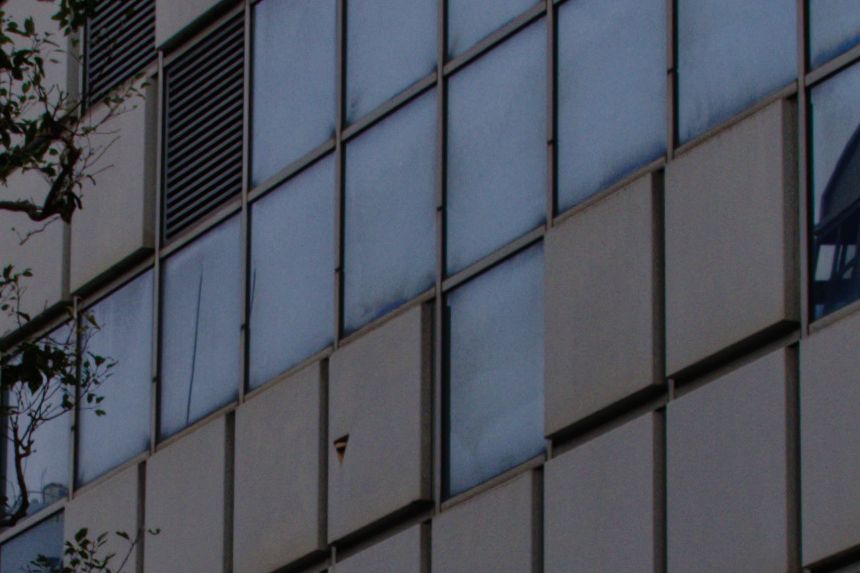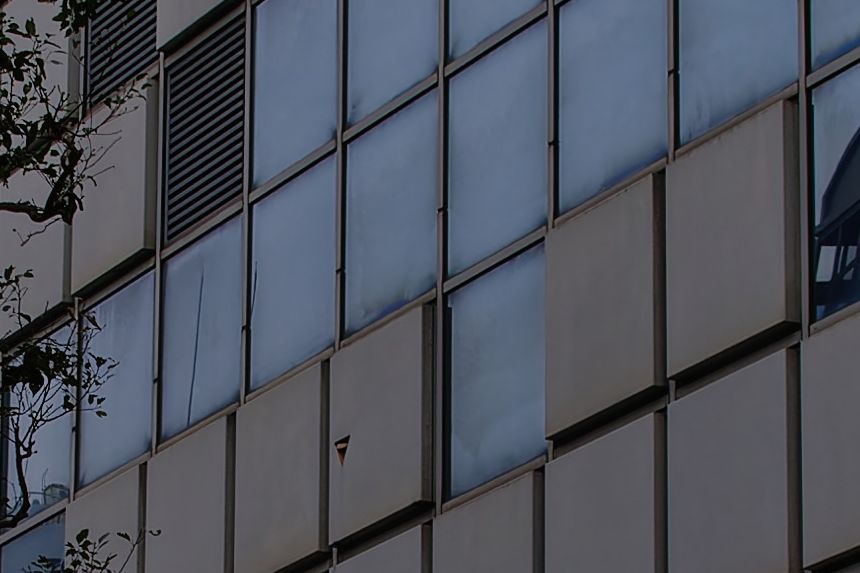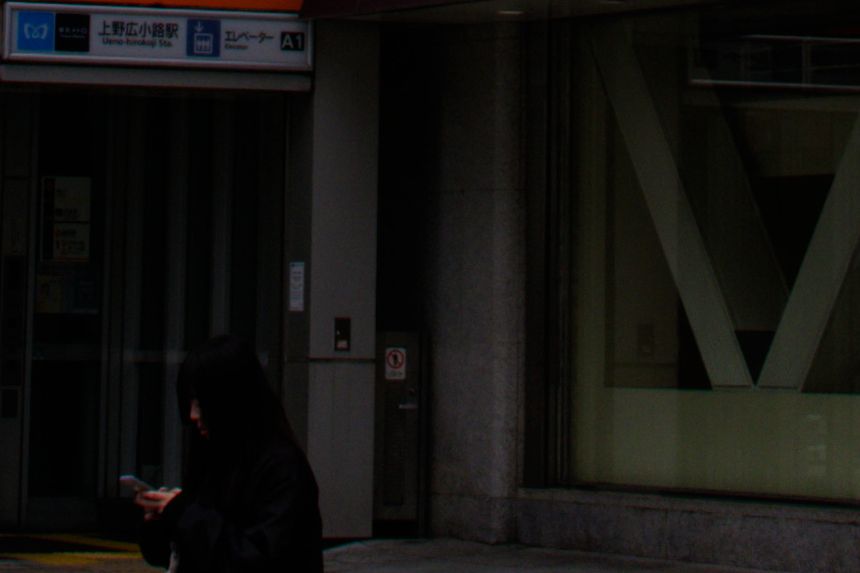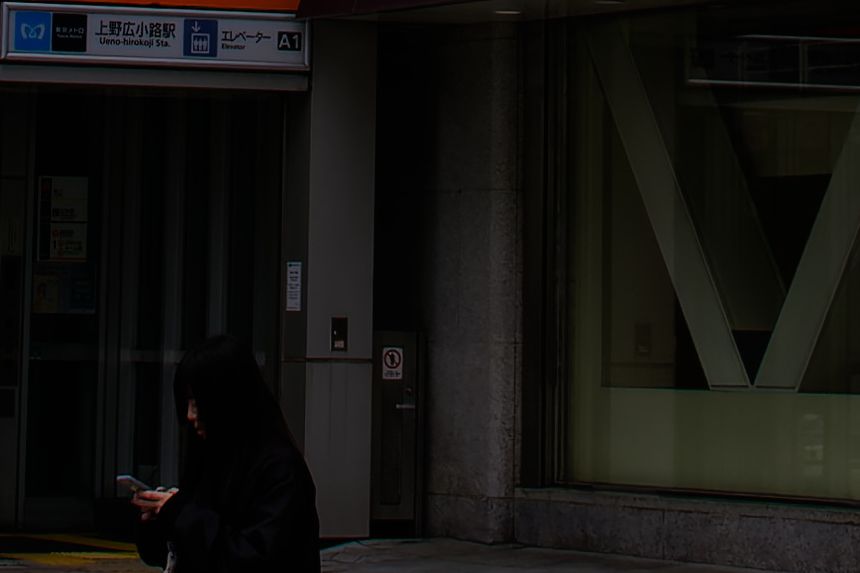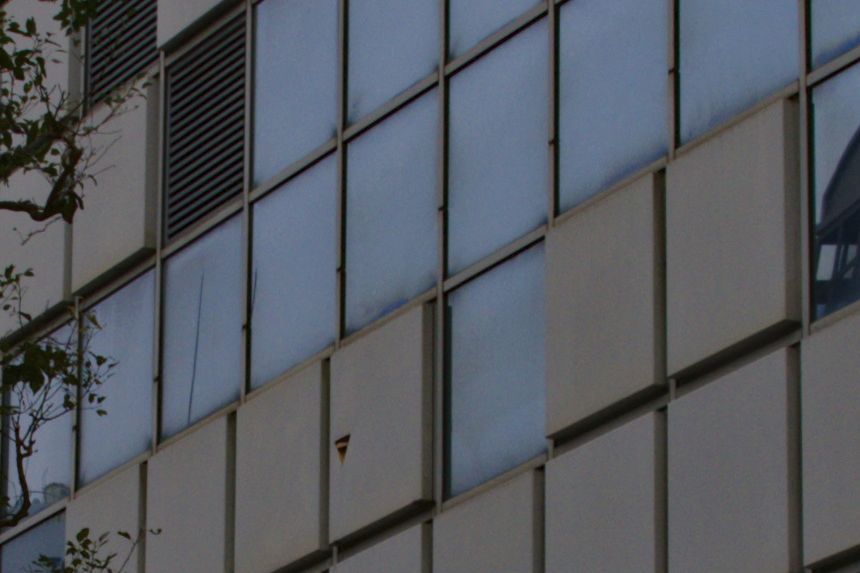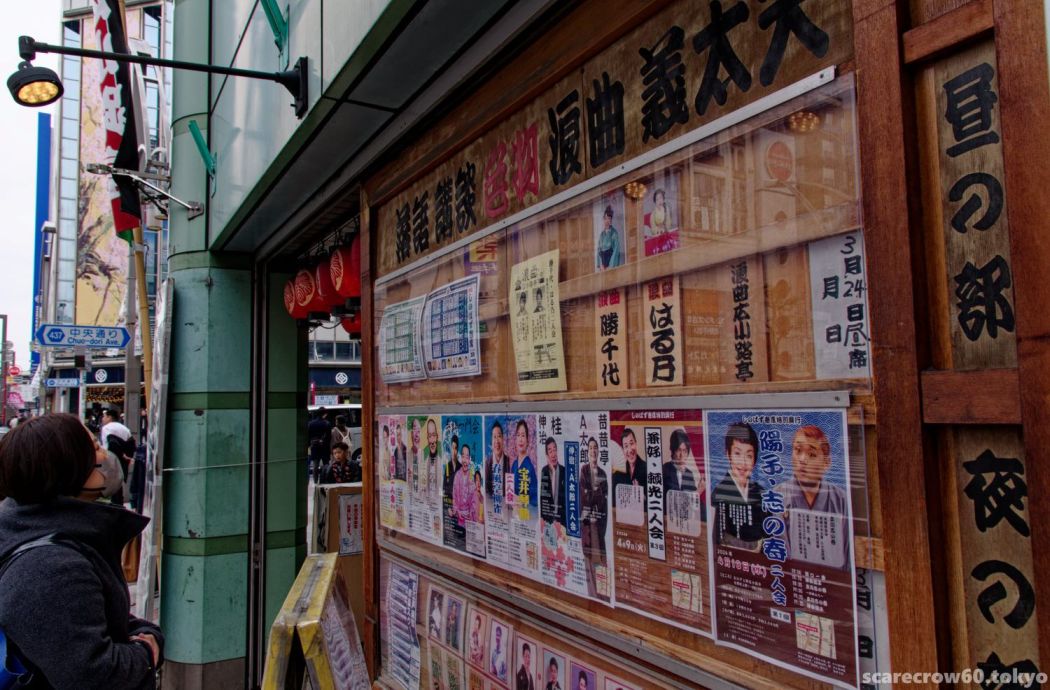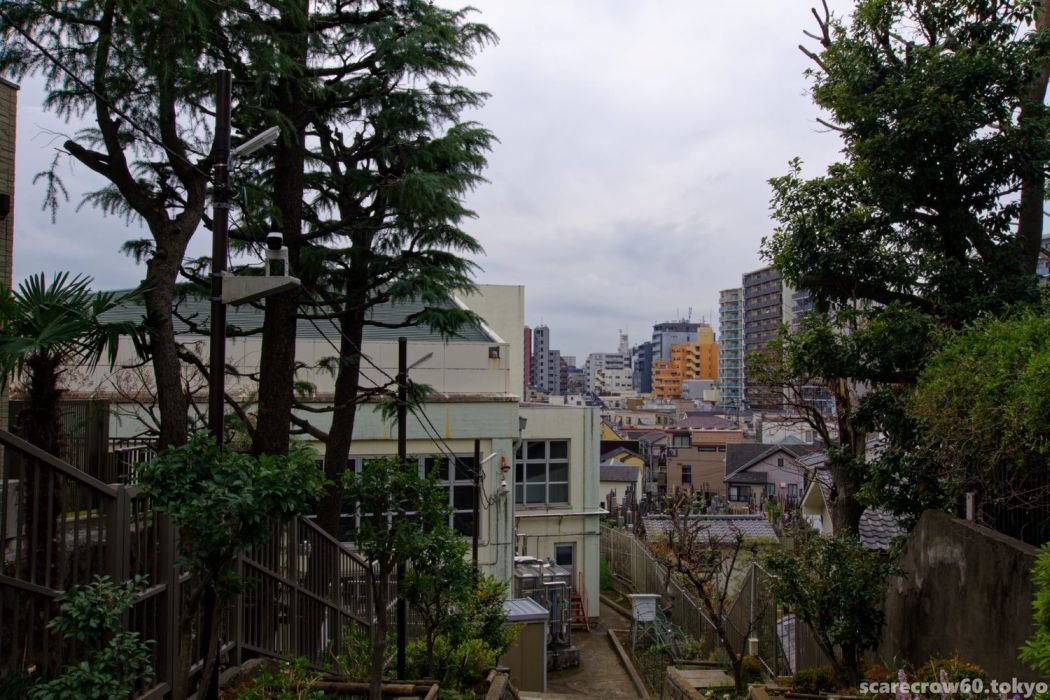I suddenly learned about DxO PhotoLab, an unknown RAW development tool that I had never checked out before. I have been using PhotoLab7 as a test to finish my photos since the last time I shot in Uenoyama.
Here is the official website.
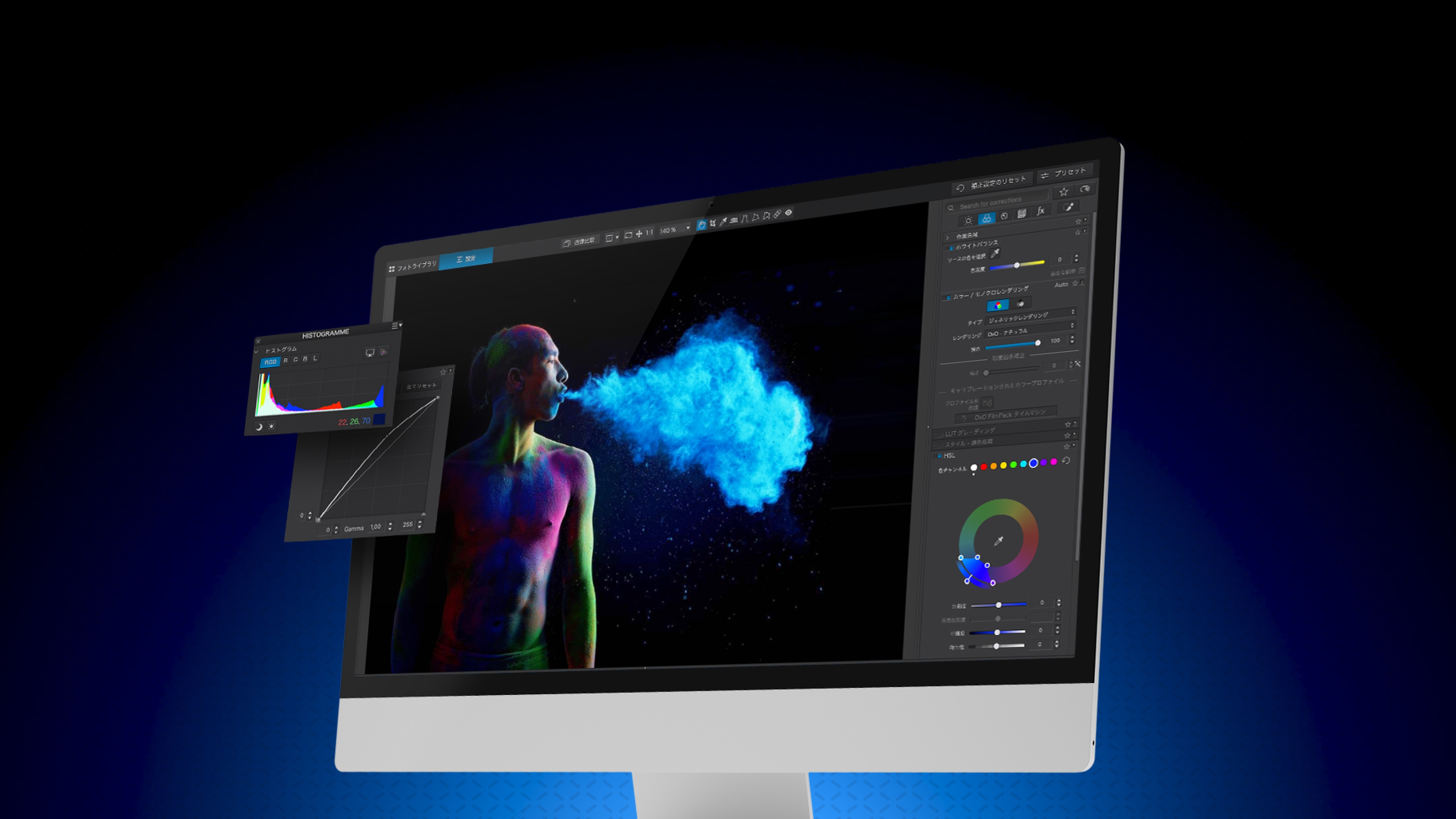
I have used RAW development tools such as Digital Camera Utility (Pentax), Lightroom, Luminar-trial, darktable-trial, RawTherapee, and now I have settled on ART, a derivative of RawTherapee I’ve been using RawTherapee for the past two years. I have been using ART for the past two years, but I decided to give it a try and downloaded PhotoLab7 for a free one-month trial period.
So far, I have found ART to be more versatile in terms of functionality, and most of what I can do in PhotoLab7 can be done in ART. However, there are two functions where PhotoLab7 is clearly better: noise reduction and sharpness correction. At least with my skills, it is difficult to achieve the same with ART.
I digress for a moment, but the “haze removal” function in both Lightroom and ART is very useful, and PhotoLab7 also allows you to apply it with any strength and intensity to make a blurry image clearer and more distinct, but in exchange for this advantage, noise is applied to the entire image and the picture becomes rough. However, the disadvantage common to all the tools is that the noise is added to the entire image and the picture becomes rough.
I tried using PhotoLab to reduce the noise caused by the haze removal.
The image below is a 200% enlarged version of a part of the “photo in front of the Matsuzakaya Department Store in Ueno” in the previous article. When the haze removal (named ClearView Plus in this tool) was lightly applied, the enlarged details are rough with a certain amount of noise, and the edges are also broken without sharpness.
If we apply the most effective noise reduction and sharpness correction according to the lens (left: before correction, right: after correction), the rough image can be rescued as if nothing had happened.
It is even cleaner than before ClearView Plus was applied. It seems to avoid the “coloring-in” look that is common in this type of processing.
By the way, the comparison between ART and PhotoLab7 (before noise removal), which were developed by applying the same degree of haze removal, is very similar as shown in the following picture. Please forgive me for not being able to approximate the color tones, but you can see that the image quality of PhotoLab7 before noise reduction is not particularly bad.
I would like to praise them for this dramatic effect, but it takes a lot of machine power to apply these corrections. On my fragile notebook PC, the fan was roaring and spinning, and it took 1 minute and 20 seconds by my estimate to output and save a single 24-megapixel image using Deep PRIME XD, the most demanding processing. It may be difficult to use it for many applications (lol).
PhotoLab7 can output and save edited images as RAW data in DNG format, so you can, for example, send the denoised RAW data to ART and then work on the finishing touches in ART. However, the RAW data output was even more demanding on the PC, taking 1 minute and 40 seconds per image as well, although DxO’s latest dedicated tool, PureRAW, has been further upgraded to Deep PRIME XD2, and I don’t want to think about how many minutes it would take.
Now, the narrowness of PhotoLab7’s apparent menu of functions is a plus in terms of ease of use. Namely
-Fewer wasted moments “searching” and “scrolling” through the operation menus.
-The software does not have to manually adjust all the parameters, but it takes care of the work to a certain extent.
-The adjustment work itself requires only a small number of hands
.
In fact, when I use PhotoLab7, my RAW development work seems to be finished a little faster than with ART.
There are of course many differences in usability, but the two most impressive so far are
For lens correction (distortion, attenuation, and chromatic aberration), ART basically uses Adobe’s LCP files, but for Olympus and Panasonic lenses for which LCPs are not provided, you have to refer to Lensfun’s database. In contrast, PhotoLab7 can work entirely with DxO’s original optical module data. Both are not perfect in that they do not cover all older or newer lenses, but PhotoLab7 has a slight advantage in consistency of operation. However, the fact that DxO does not cover the SIGMA 50mm F2 DG DN is a point-loss factor.
Another point is that both ART and PhotoLab7 can use dcp profiles, which Adobe prepares in cooperation with camera manufacturers for color reproduction, which is a big attraction for me. I would say that they are almost evenly matched in terms of functionality and operability.
Thus, I have been paying attention to PhotoLab7, which I had not marked before,
I must not forget that ART is a freeware, and PhotoLab7 is a paid tool, although it is cheaper than subscripted Lightroom and others. The difference is huge.
Hmmm…if I can get a coupon for a good deal somewhere, I might be tempted to buy it.

